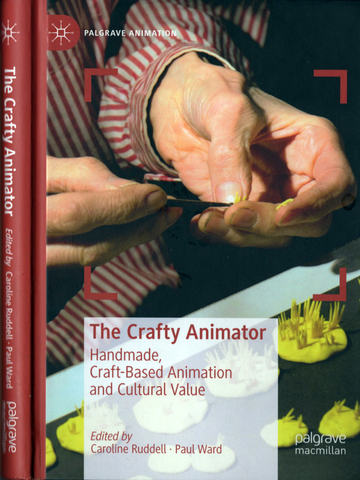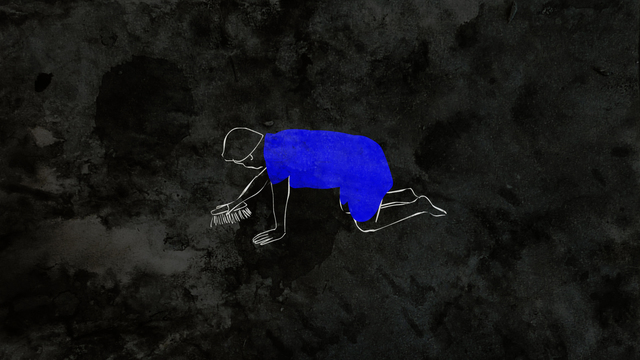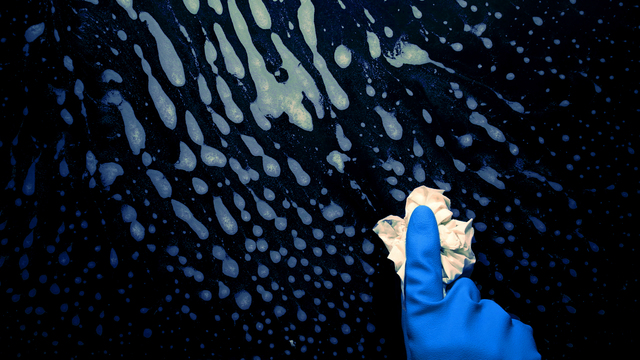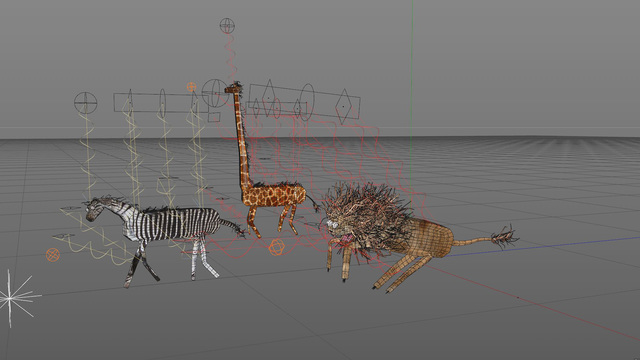Although the mainstream animation industry has adopted digital production methods, the attraction of laborious hand-made methods for making animation persists in the independent sector. The chapter considers how ‘craftivist’ opposition to mechanical, technological and digital techniques is validated in this community of practice through ideas that haptic knowledge by skilled physical labour and an exploration of materiality, autographic mark-making and imperfection (Wabi-sabi) are guarantors of authenticity and individuality that can only be carried out by hand. Why is this? What ideas and assumptions can be seen to underpin the notions of craft and crafting? Tracing connections between craft and activism since the Industrial Revolution, this chapter critically reflects on discourses of craft and the handmade through reference to Ruskin (1851), Morris (1892), Hobsbawm (2000), Thompson (1980), Benjamin (1935), Krauss (2000) and Takahashi (2005).
Whereas the experimental animation community privileges analogue, handmade processes that appear to oppose and critique commercial animation production, building upon Warburton (2016) and Frayling (2017) it is argued here that this approach is underpinned by nostalgia and often faked. What looks like a hand-painted animation could actually be a simulation that was ‘painted’ in a software package: a pastiche of manual labour. Aesthetics alone do not guarantee that a work of art opposes the mainstream. Instead of recycling the past to create ‘artistic’ animation, it is argued in the conclusion that contemporary practitioners can equally investigate issues of labour and materiality through digital tools and virtual materials such as in the ‘ugly’ CGI animation of Nikita Daikur (2017).
craftivism, craft as critique, animate, lilly husbands, claire bishop
handcraft maker movement, betty greer, luddites, looms, weavers, industrial revolution, john ruskin, ‘the nature of gothic’, communist manifesto, karl marx, william morris, arts and crafts movement, john randolph bray, materiality, nostalgia, vicky smith, noisy, licking, dribbling and spitting, birgitta hosea, erasure, drawing, tess takahashi, direct animation on film, authenticity, aura, walter benjamin, erika balsom, moving image in the art gallery, christopher frayling, eric hobsbawn, alan warburton, john lewis christmas advertising, stop motion, ink animation, shanghai film studios, autographic mark-making, allographic mark-making, frieder nake, digital art, automatism, Preston Blair, Imperfection, Wabi-sabi, ugly aesthetics, nikita daikur






